A new type of lingual brackets.
The interesting toward esthetic Orthodontics, since the beginning of application of the first lingual brackets in 1978 by Fujta and Craven Kurz, in the last few years has growth. Patient’s request for orthodontic treatment and the need of an invisible therapy have became more and more frequent. Invisible orthodontics developed to answer to this demands, such as the lingual orthodontic in which brackets are applied on the lingual surface of the teeth.
The i-TTR brackets gave a great contribution to the lingual orthodontics. This brackets coming out from an idea and project of the Professor Aldo Macchi and realized by Rocky Mountain Orthdontics company® (Novaxa) allow to control precise the tree movements of tip, torque and rotation.
The name i-TTR is referred to the possibility of modular control, and from this the acronym, T orque, T ip e R otation.
The i-TTR is a non Edgewise low friction lingual bracket.
It presents two self ligating slots for the insertion of round wires and a rectangular central tube for the insertion of auxiliary sectionals, either for the anchorage or for the active orthodontic movement.
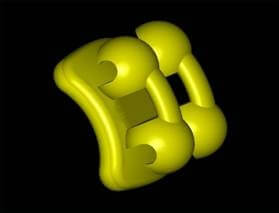
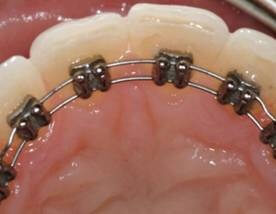
![clip_image006[4] clip_image006[4]](https://www.zerodonto.com/en/wp-content/uploads/2010/01/clip_image0064_thumb-5B1-5D.jpg)
Bindings are not necessary to the insertion and the disconnection of the wire and it is possible to control completely the movement of a singular tooth or of a group of teeth, already in the first phase of treatment with a round wire without insert a rectangular wire.
The bracket is able to work either with low friction or in controlled friction modality, it depends on the section and the number of wires inserted.
The use of these brackets is very simple because there is the same brackets’ design for all the teeth and its application is mistake proof: occlusal and gingival profiles are the same. The molar bracket is not a tube but are used two brackets. It is possible to change the distance of these brackets in relation to the anatomical variability of tooth lingual surface, for a better patient’s comfort and to reduce the thickness of the composite resin.
![[clip_image0084[1].jpg]](https://www.zerodonto.com/en/wp-content/uploads/2010/01/clip_image0084-5B1-5D.jpg)
The base of the bracket is spherical, for a better adaptation on the lingual surface of all the teeth and to reduce the thickness of the composite increasing the adhesion strength.
It is possible use Ni-Ti preformed arch wires or Australian. These arch wire need to be modeled with first order bends between canine and first bicuspid and second bicuspid and the first molar, because of the different thickness of the lingual surfaces of these teeth. The insertion of other first order bends, for example between lateral incisors and canines, depends from the clinical case.
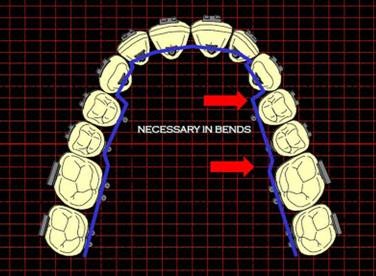
The choice of the arch size, small, medium and large, is based on the arch form. It is possible to use .012, .014, .016 Ni-Ti arch section which allow to obtain a variable friction, based on the necessity in the various phases of treatment, with the possibility to differentiate it between the anterior and lateral segments of the dental arch because of the curve base of the slot.
The bracket allows the use of different auxiliaries, working with the third central rectangular slot, like peer to peer anchorage, or the hooks for inter maxillary elastics and for closing space.
![clip_image012[4] clip_image012[4]](https://www.zerodonto.com/en/wp-content/uploads/2010/01/clip_image0124_thumb.jpg)
The i-TTR brackets can be applied directly in the mouth to realize a lingual retainer from canine to canine or from first bicuspid to first bicuspid.
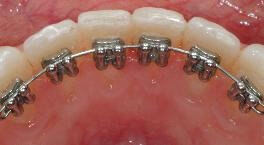
In case of use for the correction of the malocclusions an indirect bonding system is required, applying preliminary the brackets on the casts of the patients and realizing thermoplastic transfers.
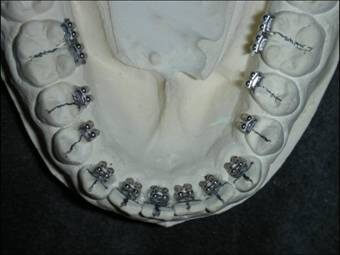

The transfer can be applied simultaneously on all the teeth of the same arch or after separating it to make a sequential modular application of the various sectors.
The brackets positioning follow the same distance from the vestibular margin for all the teeth of the same arch. In the lower arch the height is determined by the tooth which has the less lingual surface, and in general is the first bicuspid.

At the upper arch the height is determined by the tooth that has the most overbite. Because of this reason, especially in complex cases, it is necessary to start the treatment from the lower arch. This approach allows the correction of the deep bite, so to make possible the correct application of the brackets at the upper arch without opening of the bite.

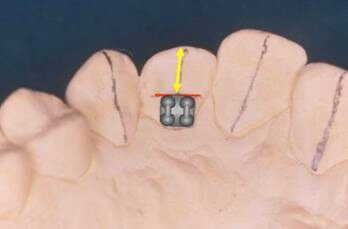
Being i-TTR not Edgewise it doesn’t ever need a set up application even in the cases characterized by a dramatic crowding or extractions.
It is possible to treat simple cases using one arch or more complex cases using two arches 2 mm distant each other.
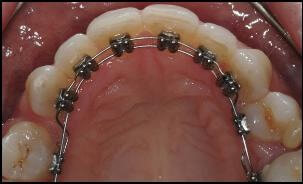
The torque movement derives from two parallel and indirect forces by means of the use of two arches or sectionals. It doesn’t need third order bends but only first order bends either on one or on both of these wires, in relation to the necessities, since the first application of the lingual appliance.

The i-TTR brackets, designed by the Professor Aldo Macchi give a great contribution to the lingual orthodontic. Their versatility make it possible an easier approach and their biomechanical design allows a very precise control of teeth movement also in complex cases.
CLINICAL CASES
Clinical case 1
The first clinical case, treated by Dr. Nunzio Cirulli, is a boy with a malocclusion of first class molar and canine on the right, first class molar and an head to head canine on the left, crowding of the lower arch (pictures 1-5).
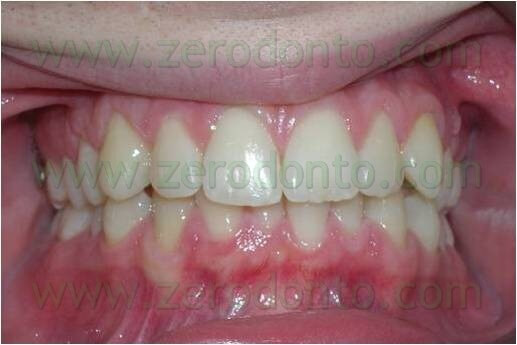
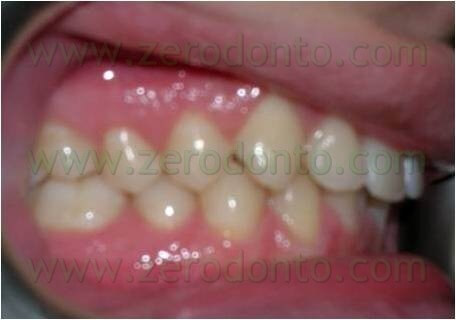


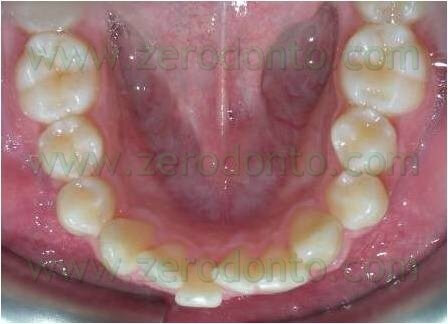
This case was accomplished by the use of lingual brackets i-TTR in the lower arch. Brackets’ indirect bonding was accomplished with the use of thermoplastic transfers.
A .014 Ni-Ti preformed arch wire with modeled with first order bends (offset) between the canine and the first bicuspid and the second bicuspid and the first molar, was inserted in all the brackets except in the right central incisor (picture 6).
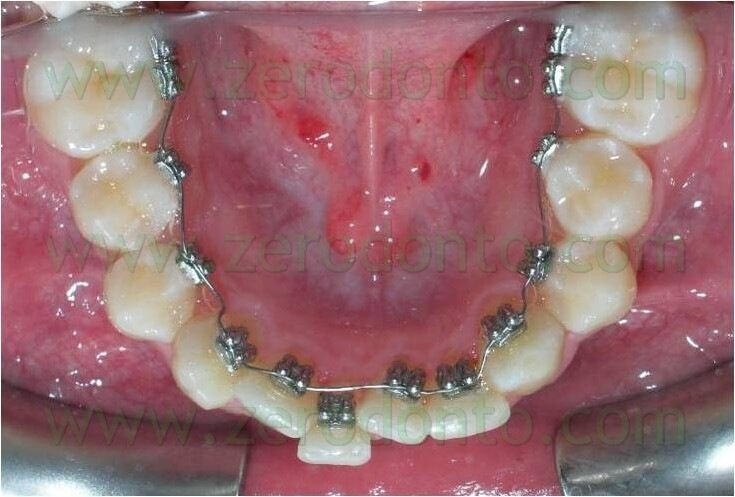
The wire was inserted in this bracket after a reduction of the crowding (picture 7).

The reduction of the crowding was accomplished in few months (picture 8), and then were applied some elastic chains to conclude the leveling with the derotation of the canines and the spaces closure (picture 9).
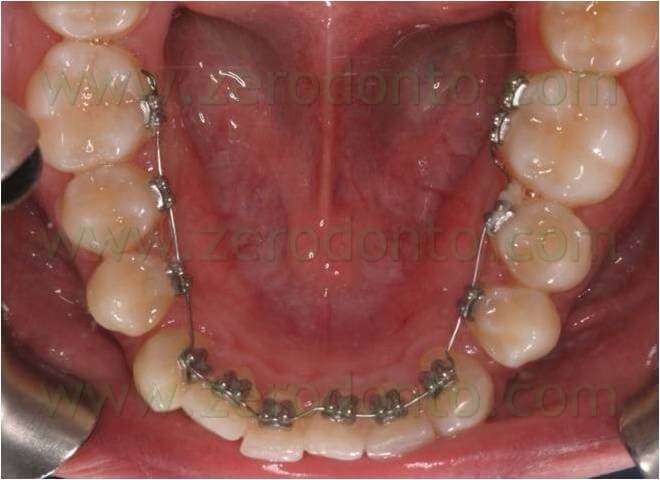

When the leveling was accomplished (picture 10) i-TTR lingual brackets were left from canine to canine working as a retainer (picture 11).
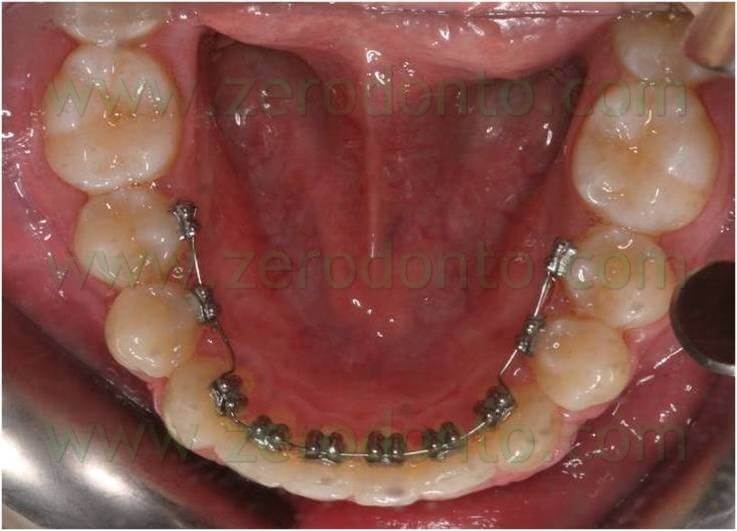

This passive retainer in case of relapse can be use to level the teeth becoming an active retainer.
Then was applied a passive retainer, a .0195 multi strands wire (picture 12).

The following pictures show the frontal and lateral view at the end of the treatment (pictures 13-14-15).
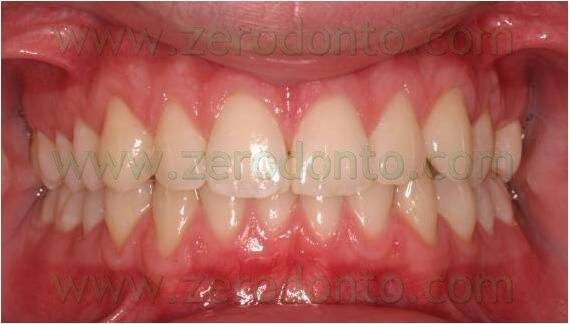


Clinical case 2
The second clinical case, treated by Dr. Nunzio Cirulli, is a girl with a malocclusion of first class molar and canine on the left, an head to head molar and canine on the right, contraction of the upper arch and a diastema between the upper central incisors (pictures 1-3).
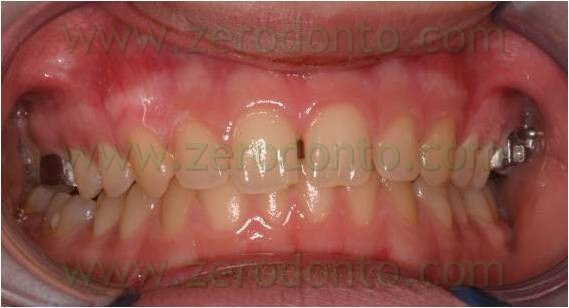
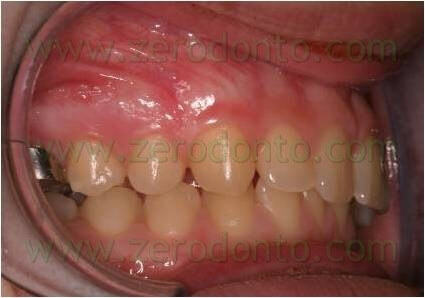

Upper arch was expanded by means of a Quad Helix settled to the molar’s bands (picture 4).
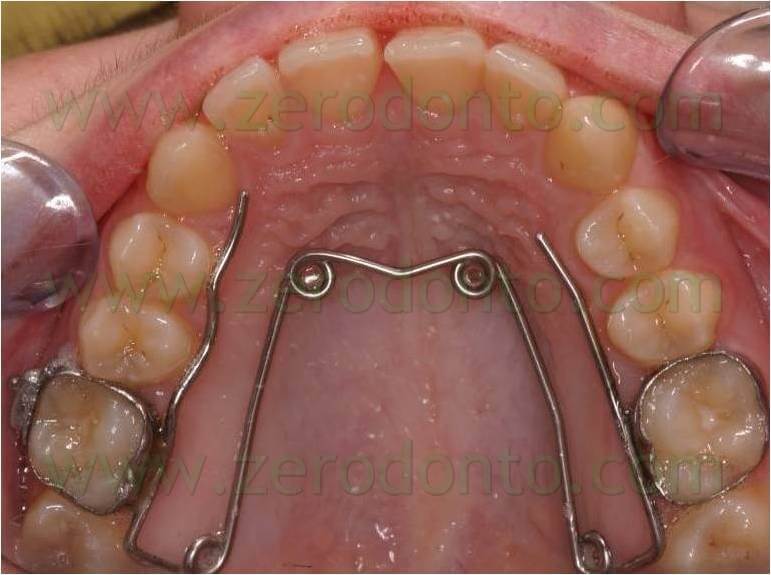
Teeth leveling and space closure was accomplished by means of i-TTR lingual brackets (pictures 5-6).
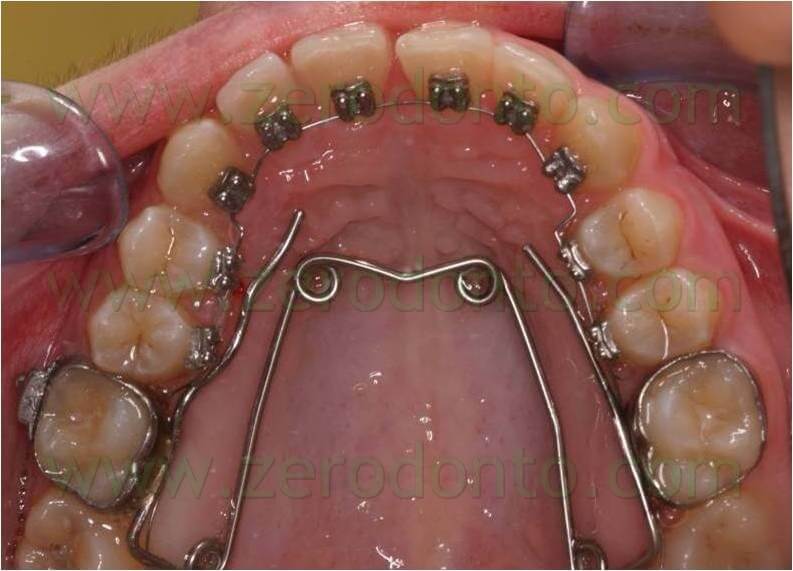

The following pictures show the case at the end of the therapy (pictures 7-11).
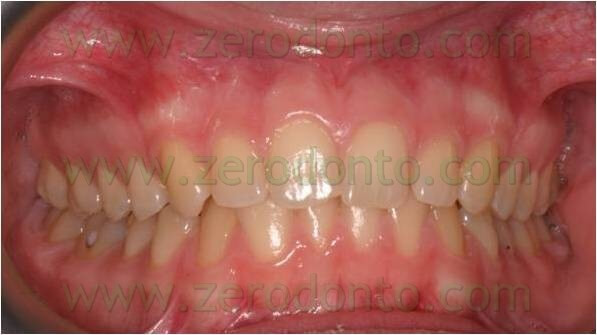


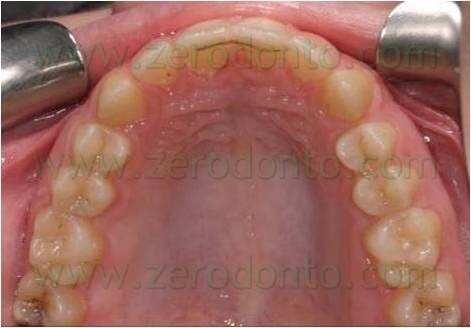
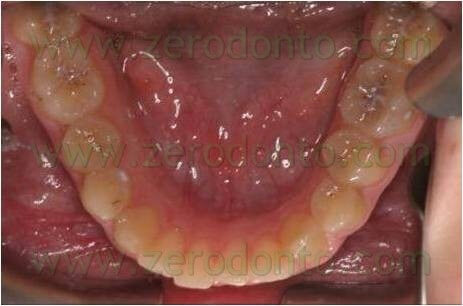
Clinical case 3
The third clinical case, treated by Dr. Matteo Beretta , is a relapse of a previous orthodontic treatment in a female 39 years old (pictures 1-7).
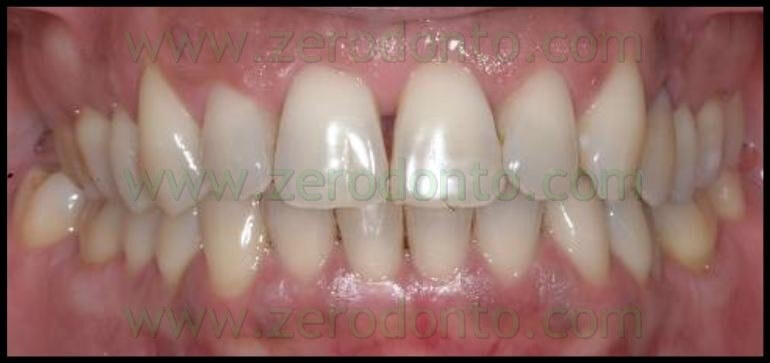
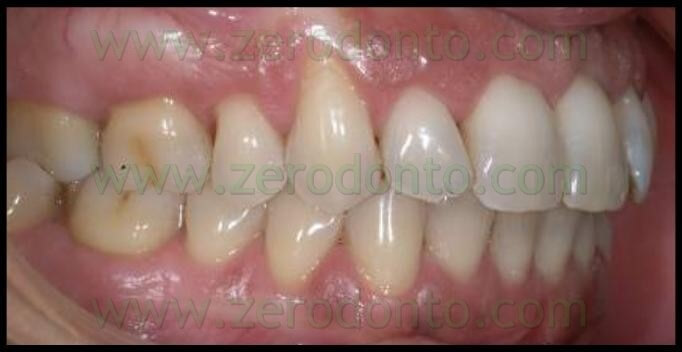
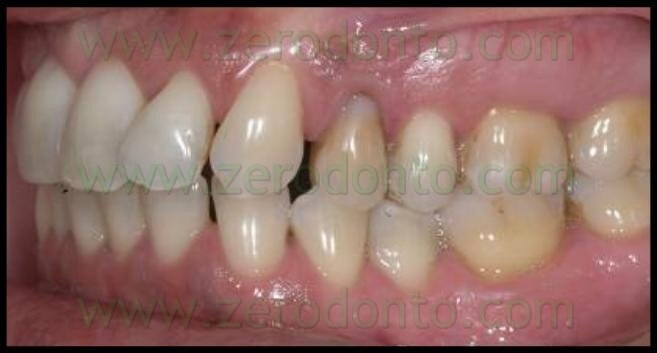

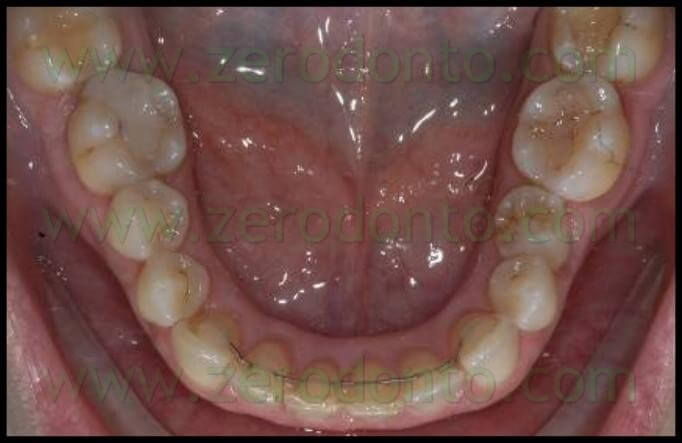


This case was treated with the distalization of tooth 23 and derotating and leveling tooth 22. The brackets on the teeth 23, 24, 25 and 26 were indirect bonded by means of thermoplastic transfers (picture 8).

To distalize tooth 23 were modeled a .016 X .022 steel sectional, used as anchorage and inserted in teeth 24, 25 e 26, and a .012 Australian steel closing loop (pictures 9-12).

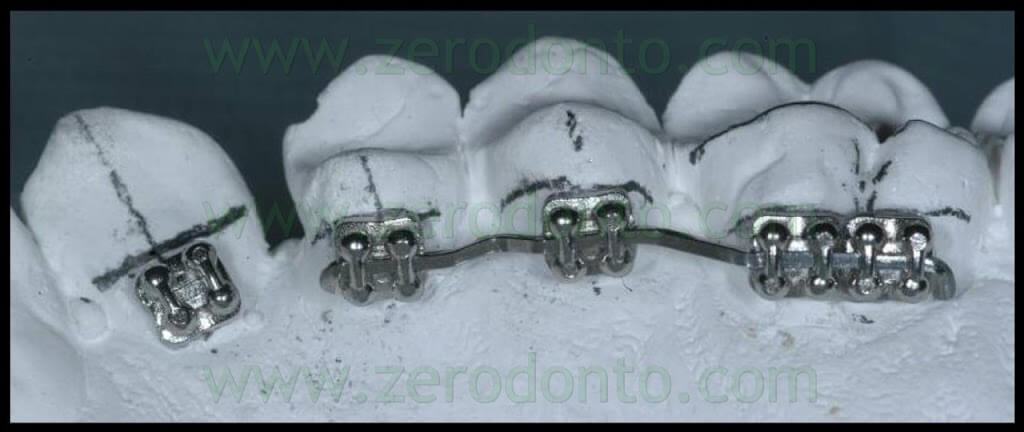
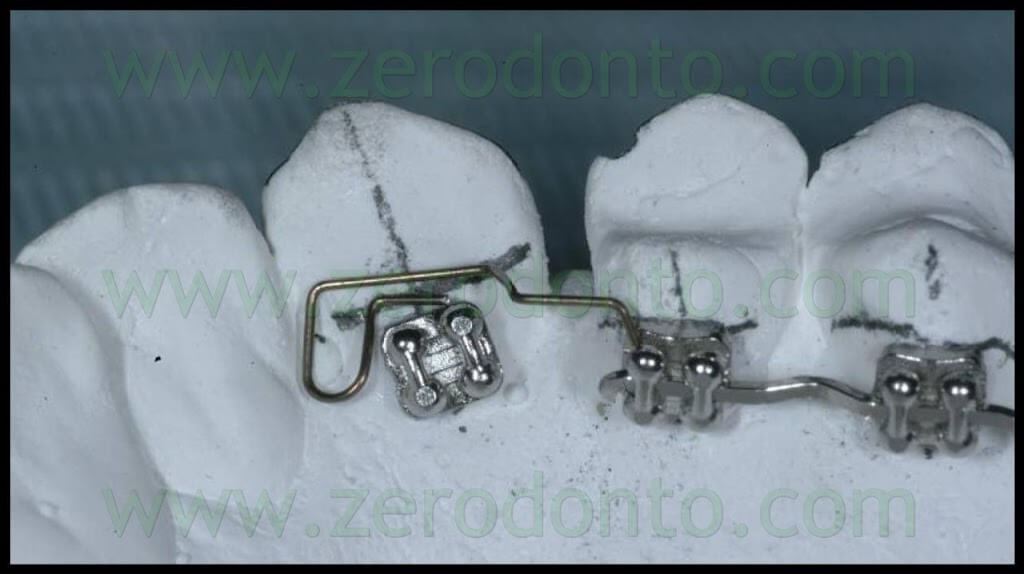

After the distalization of tooth 23, the indirect bonding of the brackets by means of thermoplastic transfers was accomplished to the right first bicuspid and a sectional of a .012 Ni-Ti preformed arch wire was inserted in these brackets (picture 14).


Inset bends and step bends were modeled respectively to derotate teeth 21 and 23 and to extrude teeth 22 and 23 (picture 15).
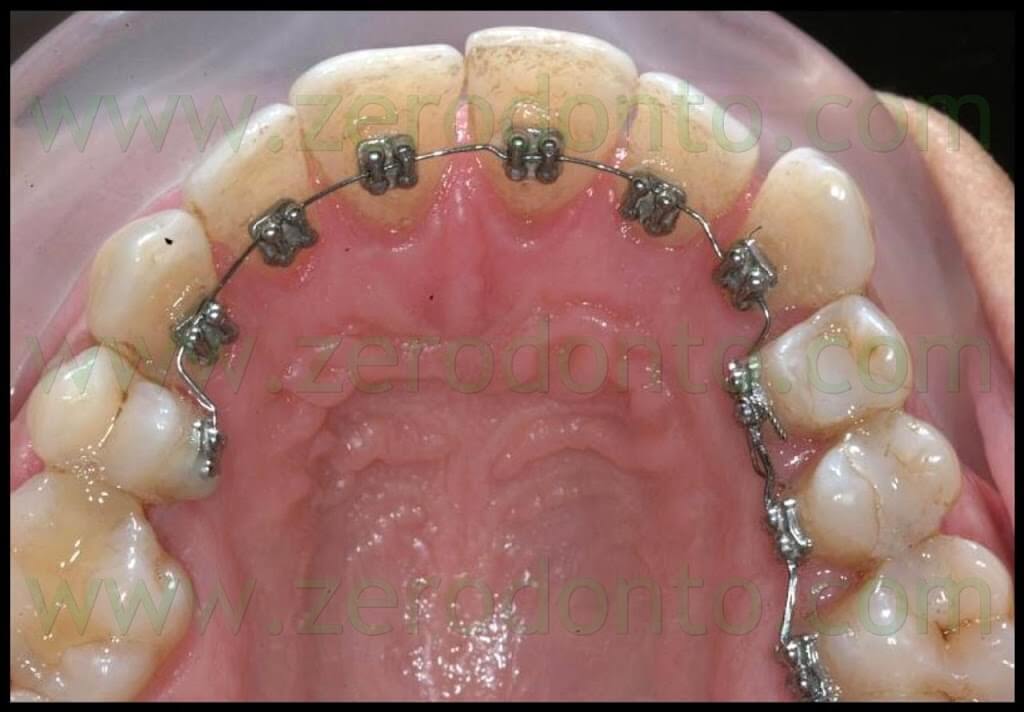
Then to control spaces closure was applied an elastic chain (picture 16).
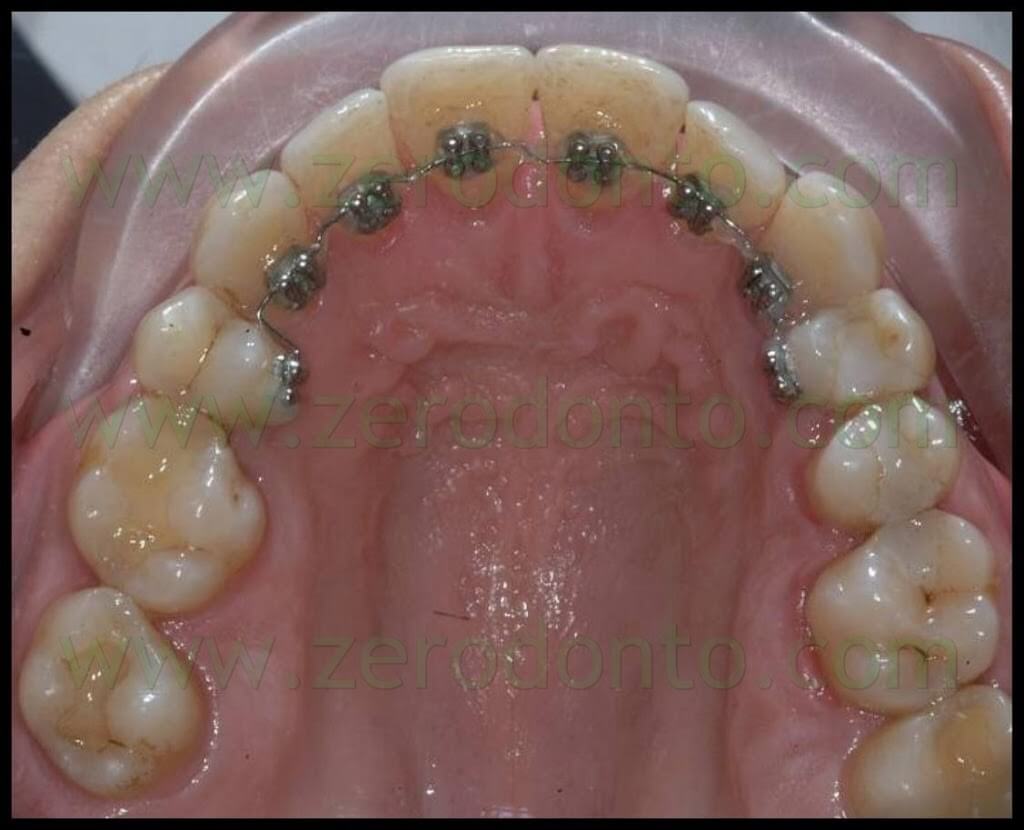
The following pictures show the lateral left view before and after the treatment (pictures 17-18) the frontal view at the end of the treatment (picture 19) and the passive retainer (picture 20).

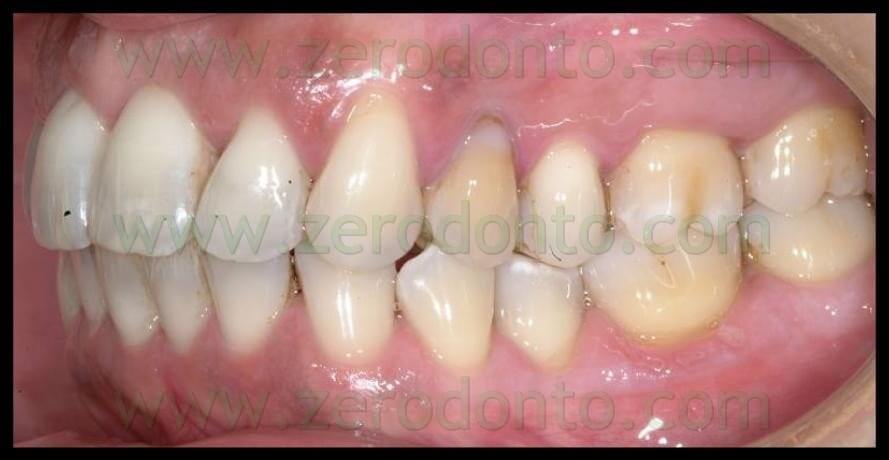


Clinical case 4
The fourth clinical case, treated by Dr. Matteo Beretta , is a relapse of a previous orthodontic treatment in a man 39 years old (pictures 1-7). It is a first class malocclusion with deep bite and crowding of the lower arch (pictures 1-8).
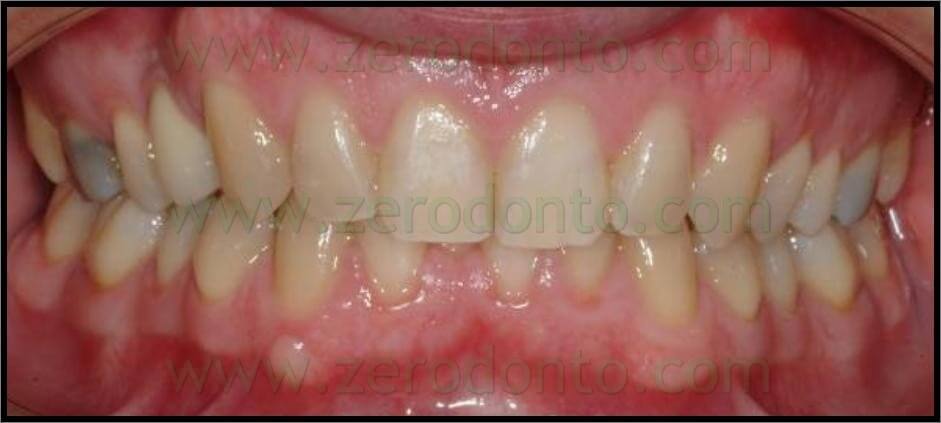
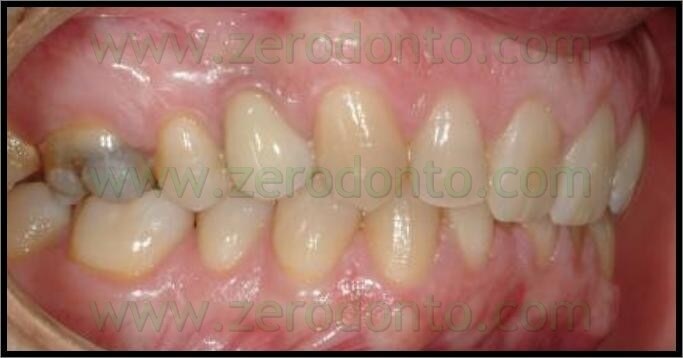
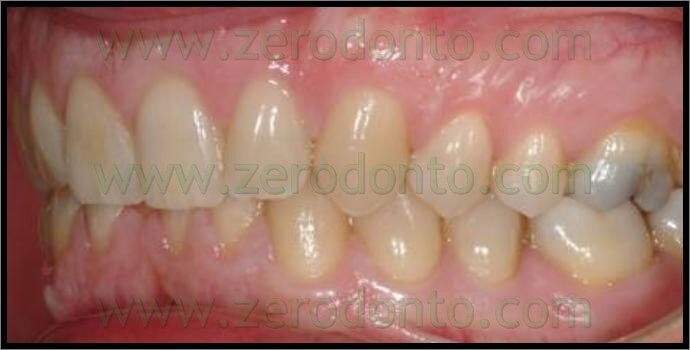


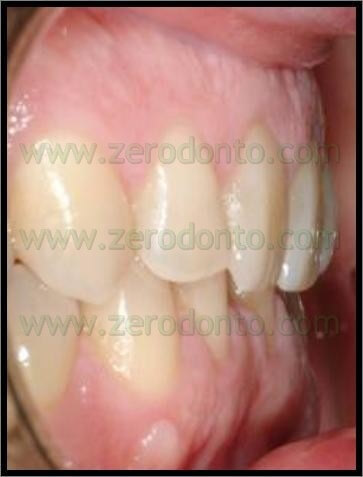
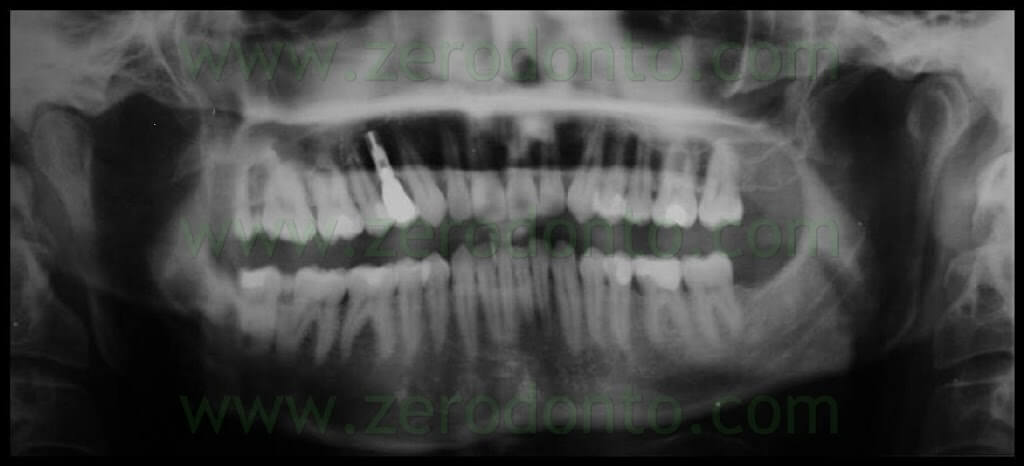

The bite opening and the teeth leveling were accomplished by means of i-TTR lingual brackets bonded from the second bicuspid of right to the second bicuspid of left using a.014 Ni-Ti preformed medium arch wire (picture 9).
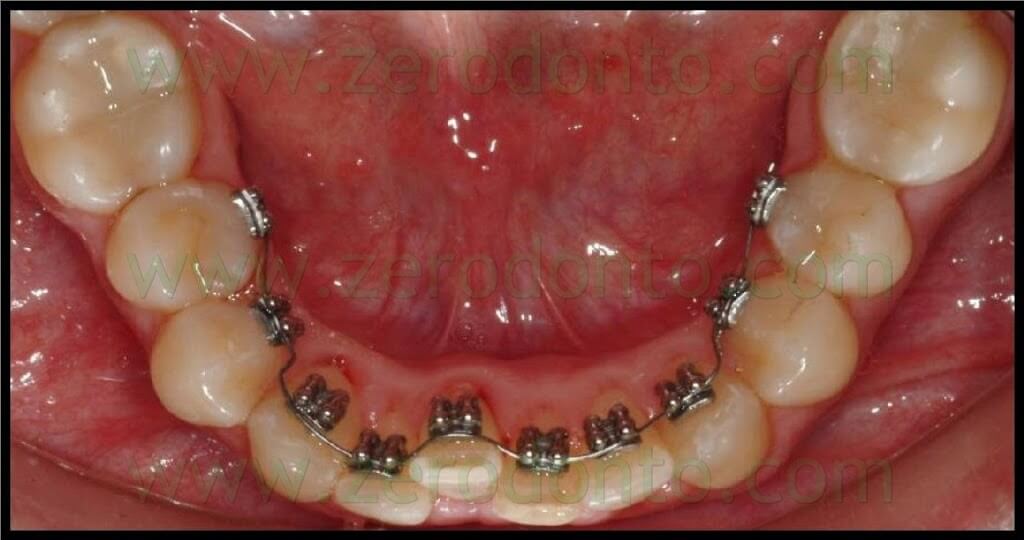
After the leveling of the lower frontal arch the incise edges were build up in composite resin to reach a vertical leveling (pictures 11-12).
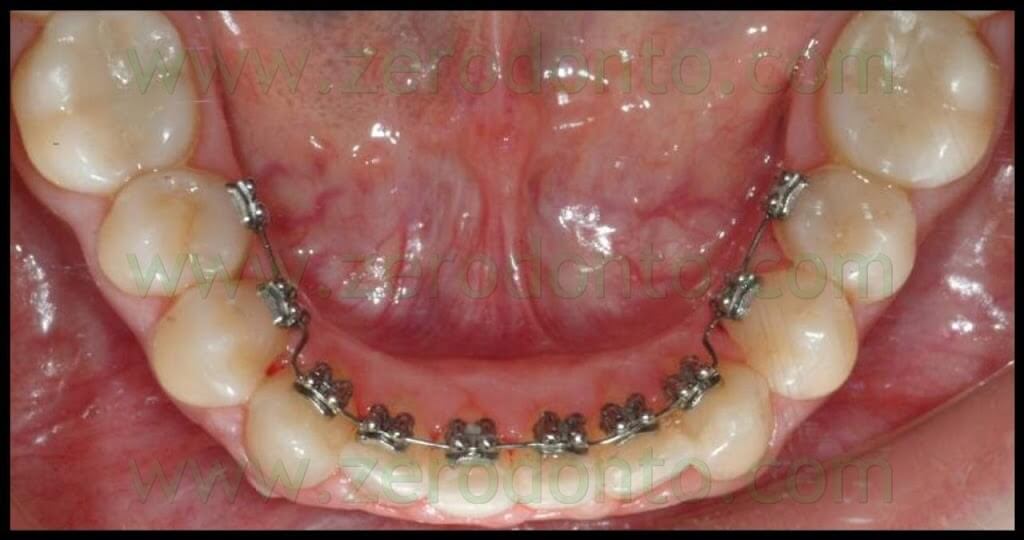


The following pictures show the frontal view before and after the bite opening (pictures 13-14).
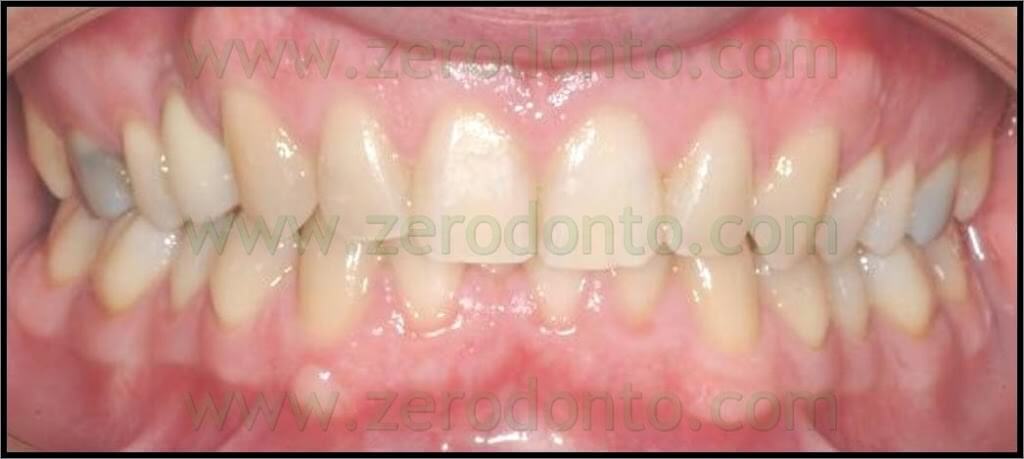
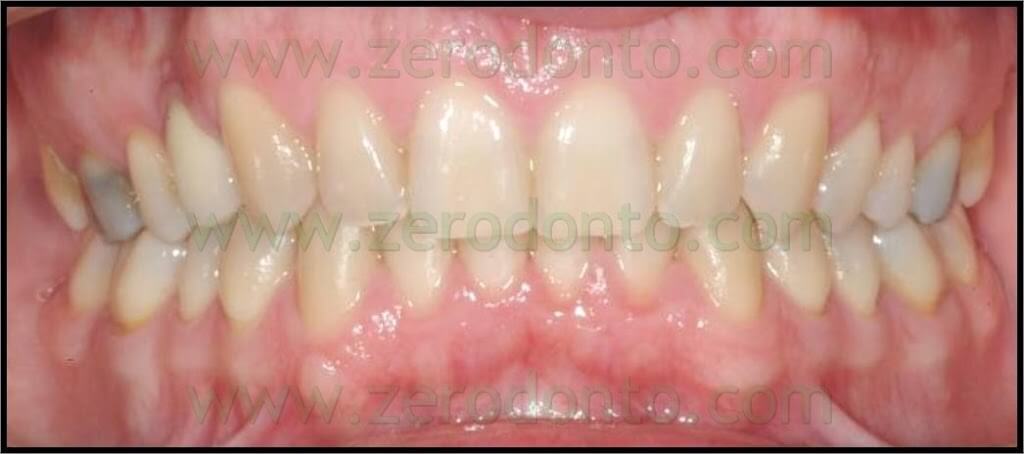
After the brackets’ debonding was applied a passive retainer (picture 15).

Clinical case 5
The five clinical case, treated by Dr. Matteo Beretta , is a first class malocclusion with deep bite and lower crowding in a female 24 years old (pictures 1-8).
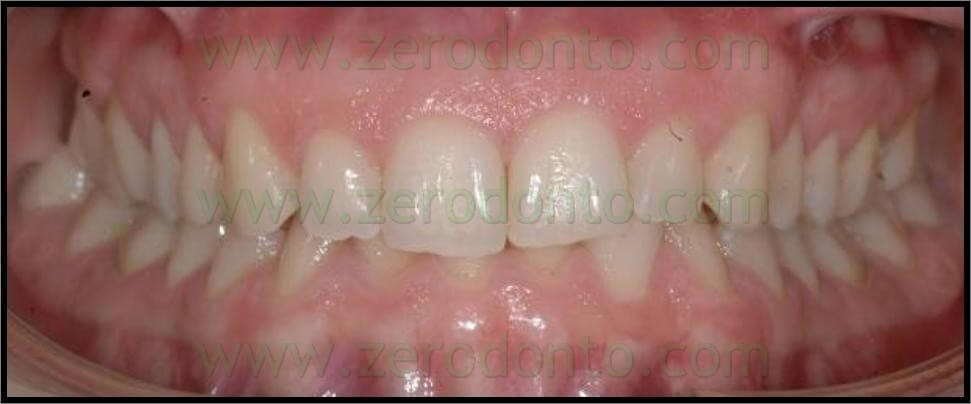

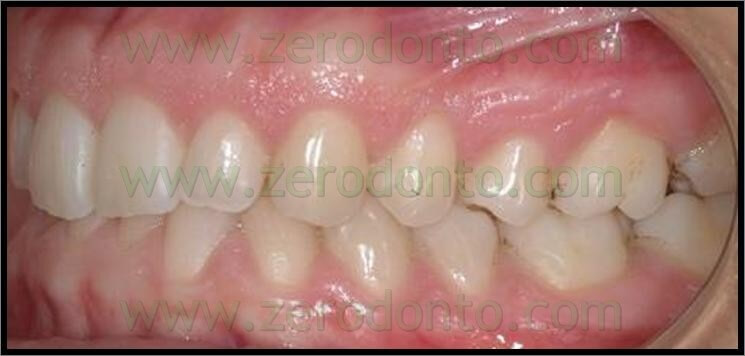
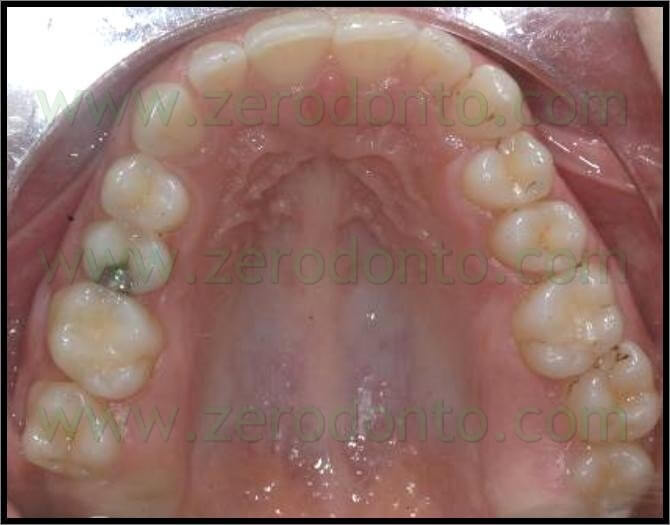
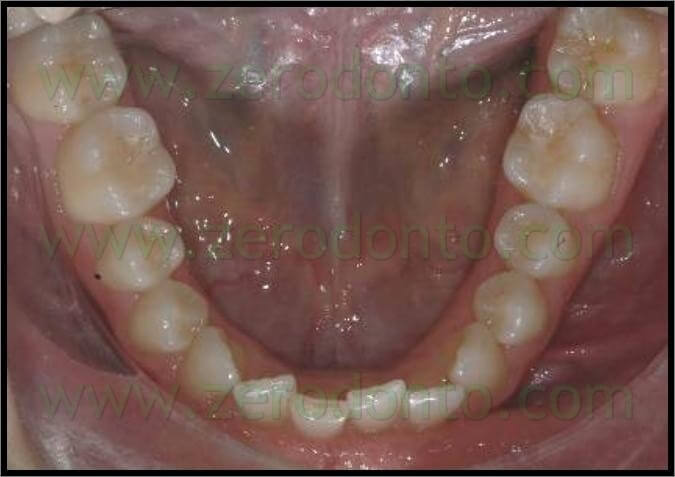

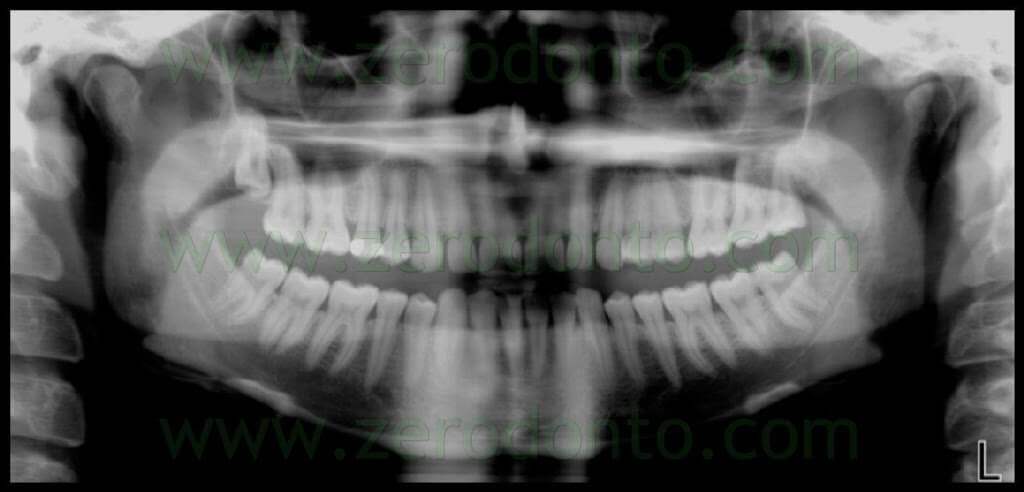
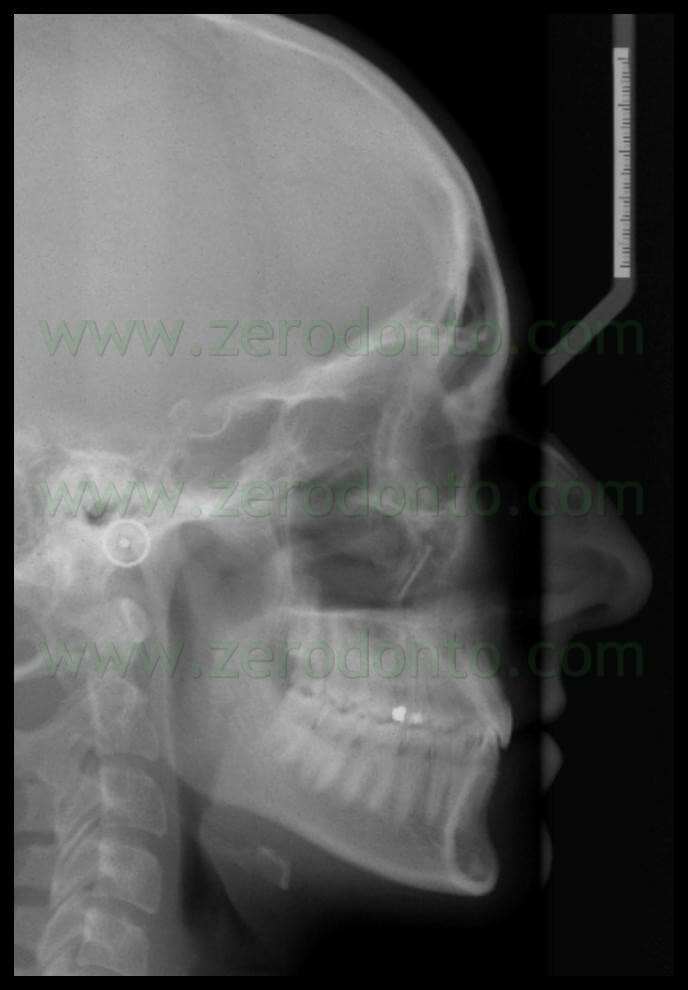
The dental casts show the extrusion of the lower teeth (picture 9).
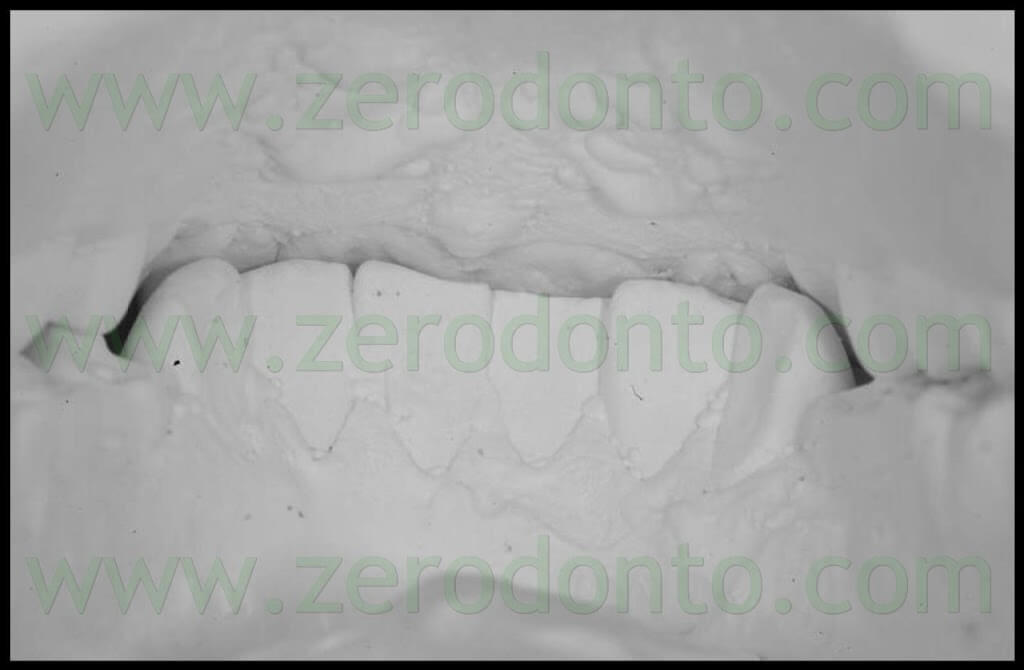
At first were bonded the i-TTR brackets in the lower arch from 36 to 46 and a .012 Ni-ti preformed arch was inserted (picture 10).
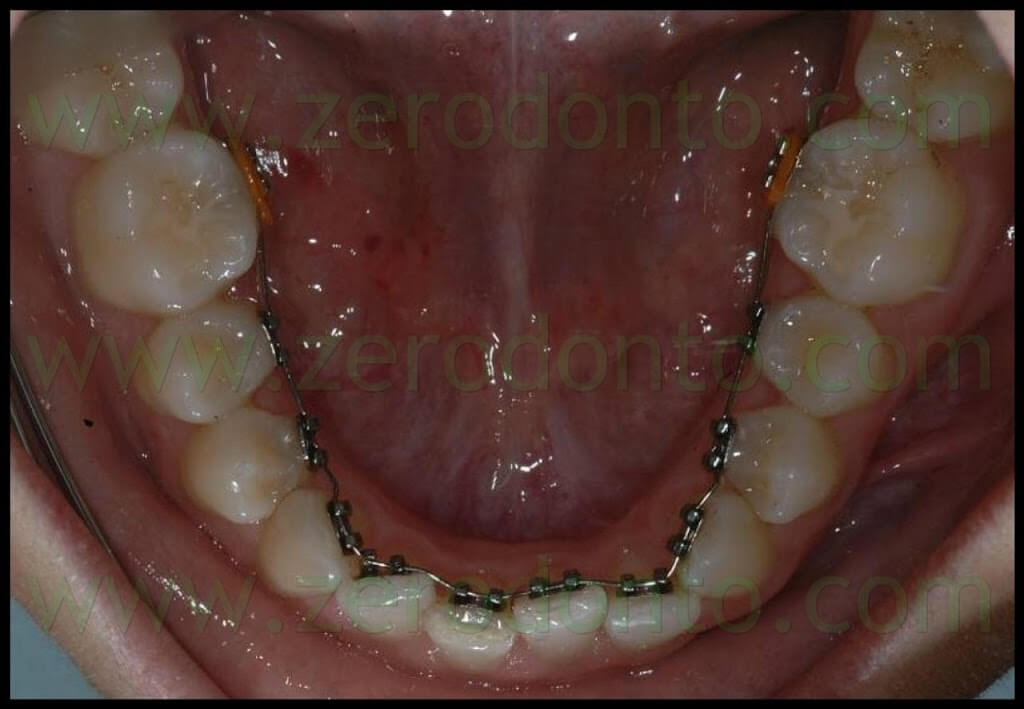
With the reduction of the deep bite (picture 11) it was possible to bond the brackets on the upper arch and was inserted a .012 Ni-Ti preformed arch wire (picture 12).


Then were modeled second order bends and inset bends respectively to intrude teeth 11 and 12 and to derotate 13 and 23 (picture 13).
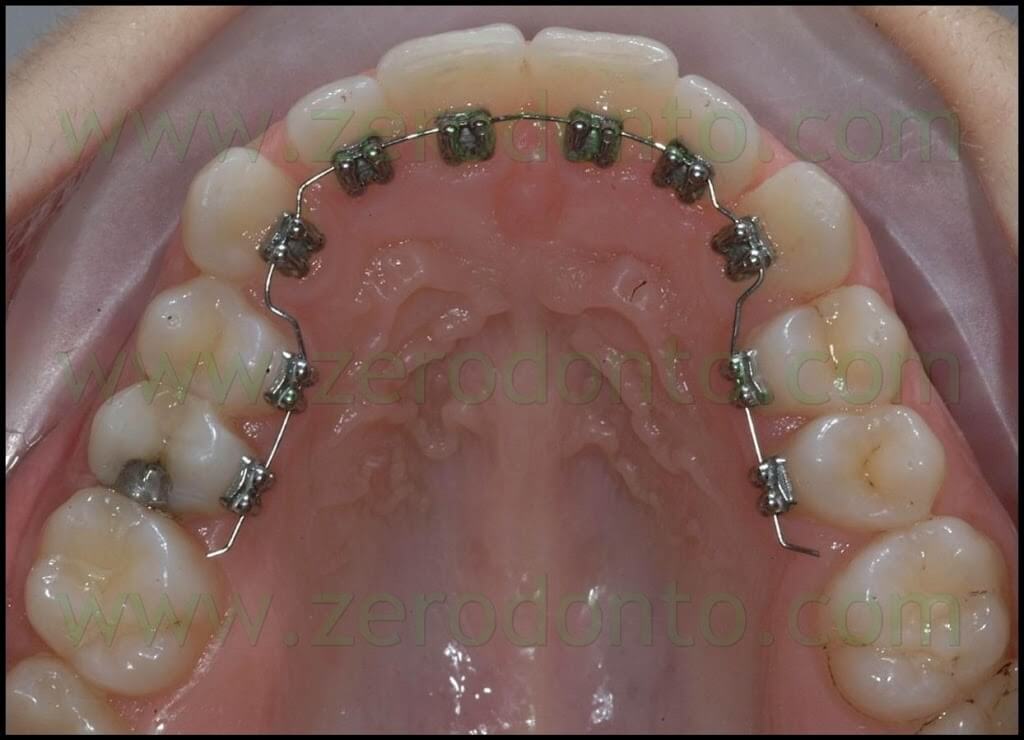
The spaces closure was accomplished by means an elastic chain (picture 14).
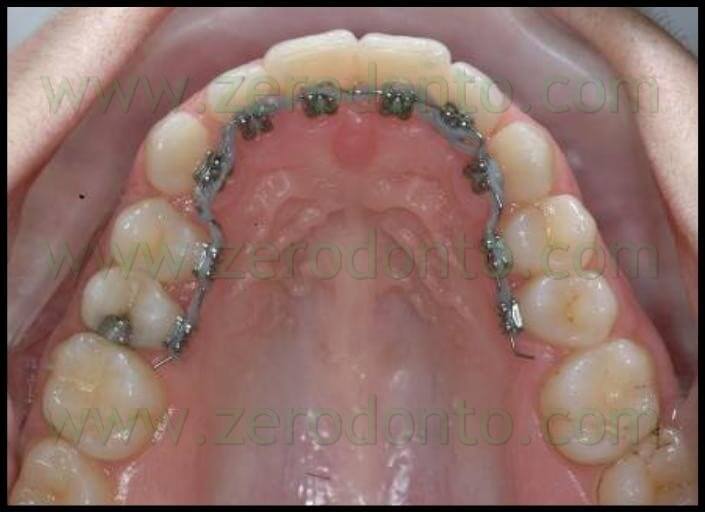
The following pictures compared the frontal view before and after treatment (picture 15-16).
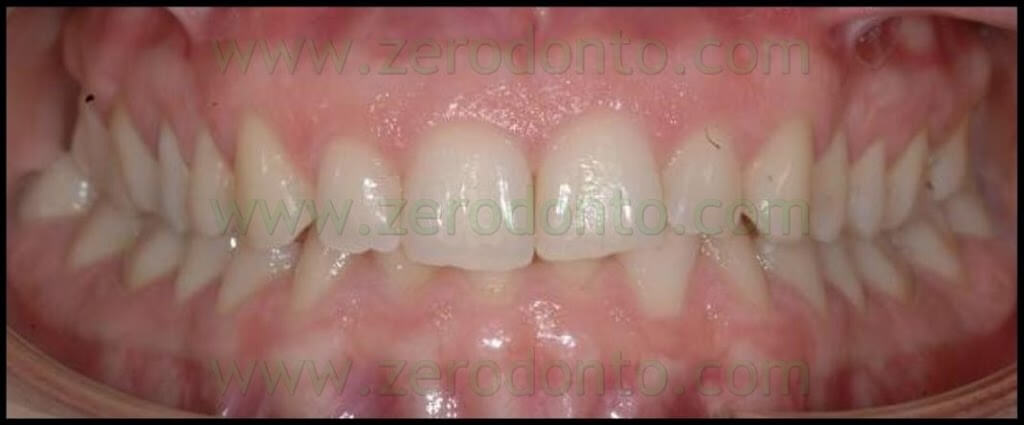
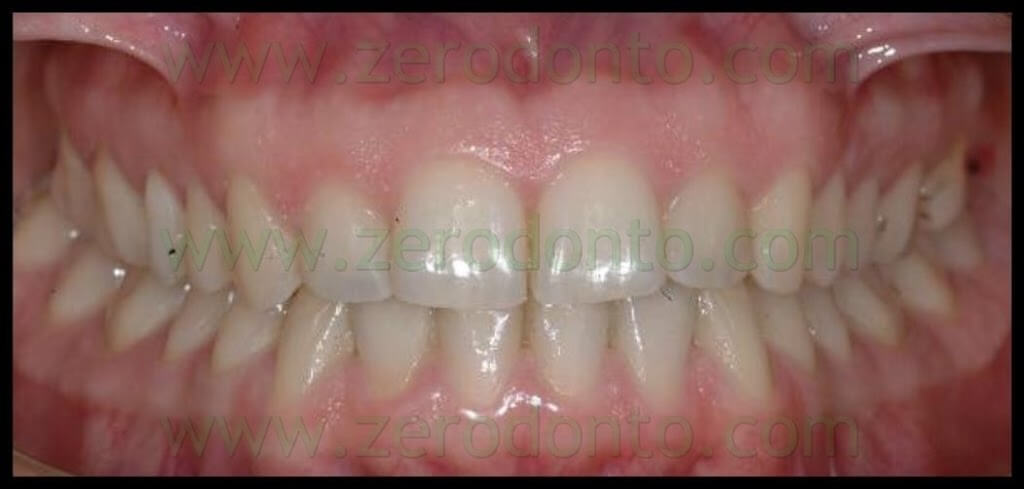
At the end of the therapy in the upper arch was applied a passive retainer from tooth 12 to tooth 22 and in the lower arch were left brackets from tooth 34 to tooth 34 (picture 17-18).


BIBLIOGRAPHY
1. Fujita K. et al. New orthodontic treatment with lingual bracket mushroom archwire appliance. Am Journal Orthod – Vol.76;1976: 657-675.
2. Alexander C.M., Alexander R.G., Hilghers J.J., Craven Kurz et al. Lingual orthodontics: a status report. Journal of Clinc Orthod. Vol. 16;1982:255-262
3. Macchi A. Ortodonzia ed estetica: nuove soluzioni terapeutiche. Ortodonzia Tecnica. 2008 (1): 21-22
4. Macchi A., Nidoli G., Lazzati M. Applicazione diretta o indiretta dei bracket linguali. Mondo Ortodontico Vol.9; 1984:63-72.
For further information:
zerodonto@gmail.com
Prof. Aldo Macchi
Dr. Nunzio Cirulli
info@studiocirulli.it
Dr. Matteo Beretta
dr.matteoberetta@libero.it
Dr. Anna Mariniello
RELATED ARTICLES:
Fixed Active Retainer (MAC): Lingual Orthodontics using active retainers

